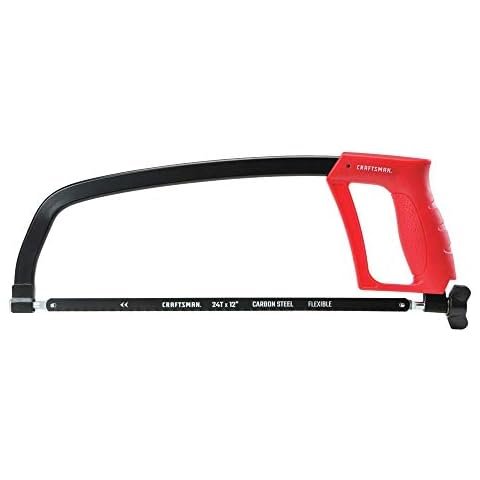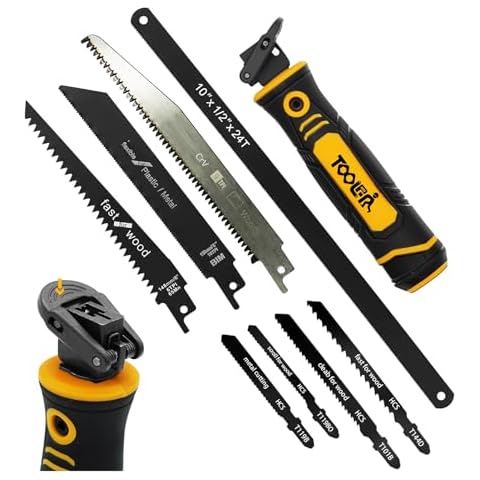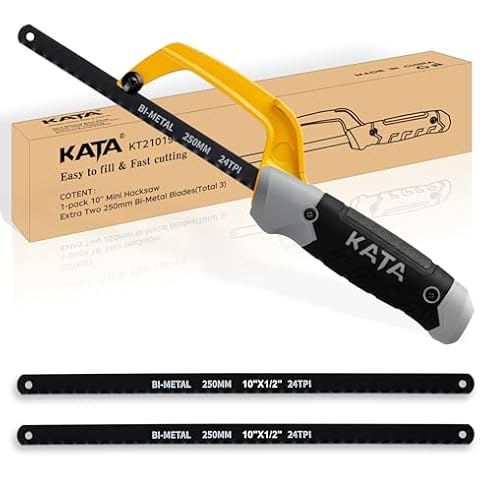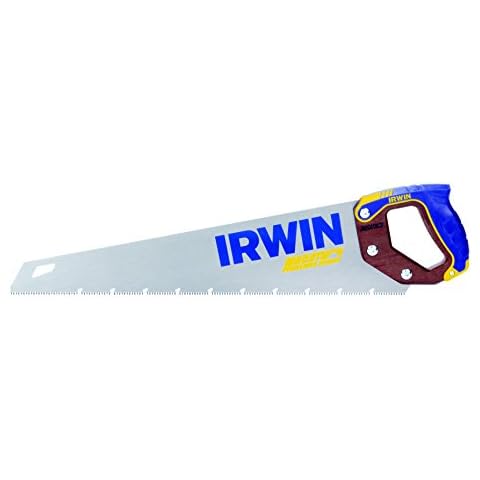How to Choose the Best Handsaws
Introduction
Handsaws are an indispensable tool for any woodworker or handyman. They come in a variety of styles and sizes, each with its own unique features and benefits. Choosing the right handsaw for your project can be a daunting task, but with a little knowledge and guidance, you can easily find the perfect saw for the job.
Types of Handsaws
There are three main types of handsaws: rip saws, crosscut saws, and backsaws. Rip saws are designed for cutting along the grain of the wood, while crosscut saws are designed for cutting across the grain. Backsaws, as the name suggests, have a stiff backing along the blade which allows for more precise cuts.
Blade Material
The material of the blade is another important factor to consider when choosing a handsaw. Traditional handsaws are made with high-carbon steel blades, which are durable and long-lasting, but can be prone to rust and require regular sharpening. Modern handsaws may have blades made of stainless steel, which are resistant to rust and require less maintenance.
Tooth Configuration
The tooth configuration, or the arrangement and shape of the teeth on the blade, is another important factor in choosing a handsaw. Ripsaws typically have fewer, larger teeth spaced farther apart, while crosscut saws have more, smaller teeth spaced closer together. The tooth configuration of a handsaw will determine how smoothly and quickly it cuts through the wood.
Handle Material and Design
The handle of a handsaw is also an important consideration. Traditional handsaws have wooden handles, which are comfortable to hold and provide a good grip. Modern handsaws may have plastic or rubber handles, which are lightweight and easy to clean. The design of the handle should allow for a comfortable and secure grip, and should be ergonomic to prevent hand fatigue.
Price and Brand
Finally, price and brand are also important factors to consider when choosing a handsaw. Higher-priced handsaws may have more advanced features or be made of higher-quality materials, but that doesn't necessarily mean they are the best choice for your project. It's important to balance your budget with your needs and do some research to find the best handsaw for you.
Conclusion
Choosing the right handsaw for your project requires some knowledge and consideration. By understanding the different types of handsaws, the material of the blade, the tooth configuration, the handle design, and the price and brand, you can easily find the perfect saw for the job. With the right handsaw, you can tackle any woodworking project with confidence and precision.











